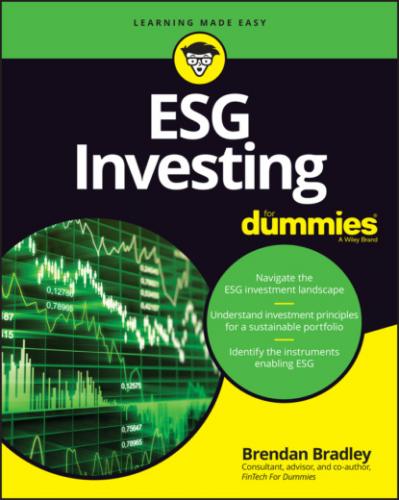www.researchaffiliates.com/en_us/publications/articles/what-a-difference-an-esg-ratings-provider-makes.html to review how different service providers apply their ratings. The physical scores or rankings offered by service providers are proprietary, but more of the ratings agencies are now providing indicative scores on their websites without the requirement to be a subscriber. One example is www.sustainalytics.com/esg-ratings/.
Exploring the “Personality” of an ESG Company
In principle, many companies would argue that they are ESG-compliant because they have paid lip service to some of the major environmental, social, and governance issues that are the flavor of the month. However, ticking the box and engaging in a true analysis of the ESG factors that your company faces, and what they can do to mitigate those factors, are two very different issues. Moreover, some firms deliberately undertake greenwashing (see Chapter 6) to mislead stakeholders as to their real ESG credentials. This section highlights what the true characteristics of an ESG-focused company should be and how companies define the material factors to their issues to achieve such characteristics.
Determining material ESG factors
Materiality is a concept within accounting that relates to the significance of an amount or discrepancy. The purpose of an audit of financial statements is to enable an auditor to state an opinion on whether the financial statements are prepared, in all material respects, in conformity with an identified financial reporting framework.
Many firms consider ESG factors such as renewable energy, community relations, and political contributions to be material indicators that they are being good corporate citizens and following an ESG strategy. However, there is a difference between “doing good” and “doing well.” From an investment perspective, these factors may not be financially material to the company’s bottom line, so they don’t score highly in terms of investment-grade aspects that will impact their share price. Therefore, a company needs to consider which ESG issues present real financial risk or opportunity. This analysis should include stakeholder engagement to agree on the priority issues that need to be addressed. For example, an airline company could focus on energy efficiency, customer satisfaction, and executive compensation as core ESG factors that make a difference, but there isn’t always consensus as to what constitutes financially material ESG factors.
Performing a materiality analysis
A materiality analysis is a method used to pinpoint and prioritize the issues that are most important to an organization’s value chain and its stakeholders. After identifying these issues, they are typically analyzed using two different lenses. For direct environmental issues or working with sustainable suppliers, the organization needs to evaluate the capacity for each issue to positively or negatively impact growth, cost, or trust. They then need to determine how important each issue is to their stakeholders. The final result gives a picture of which issues should be prioritized according to their importance to the company’s success and stakeholders’ expectations.
The analysis required can also improve a company’s business strategy, as it forces the company to analyze business risks and opportunities and understand where they are creating or reducing value for society. In providing the process of how to measure different financial, social, and environmental performances, this analysis can spot trends and help anticipate emerging issues. In turn, it can allow companies to focus their efforts on how they allocate resources and develop new products or services to stay ahead of the competition. Therefore, a materiality analysis can create its own business case on why and how a company should report ESG data, and it can be used for communications with individual stakeholder groups like investors, partners, customers, or employees. This also increases the chances of satisfying stakeholders’ demands.
Applying weights to materiality measures
After you’ve determined that material issues should either impact a company’s business significantly or be important to their stakeholders, or both, it’s important to determine the relative weight that needs to be applied to those issues, which are driven by the respective impact across the value chain. Most service providers for ESG scores refrain from giving transparent, quantitative guidance for the mathematical calculation of materiality. While provision is suggested for the use of benchmarks to calculate materiality, they don’t recommend specific benchmarks or formulas.
For traditional accounting materiality, single-rule methods and variable-size methods have been used to determine weighting. Single-rule
